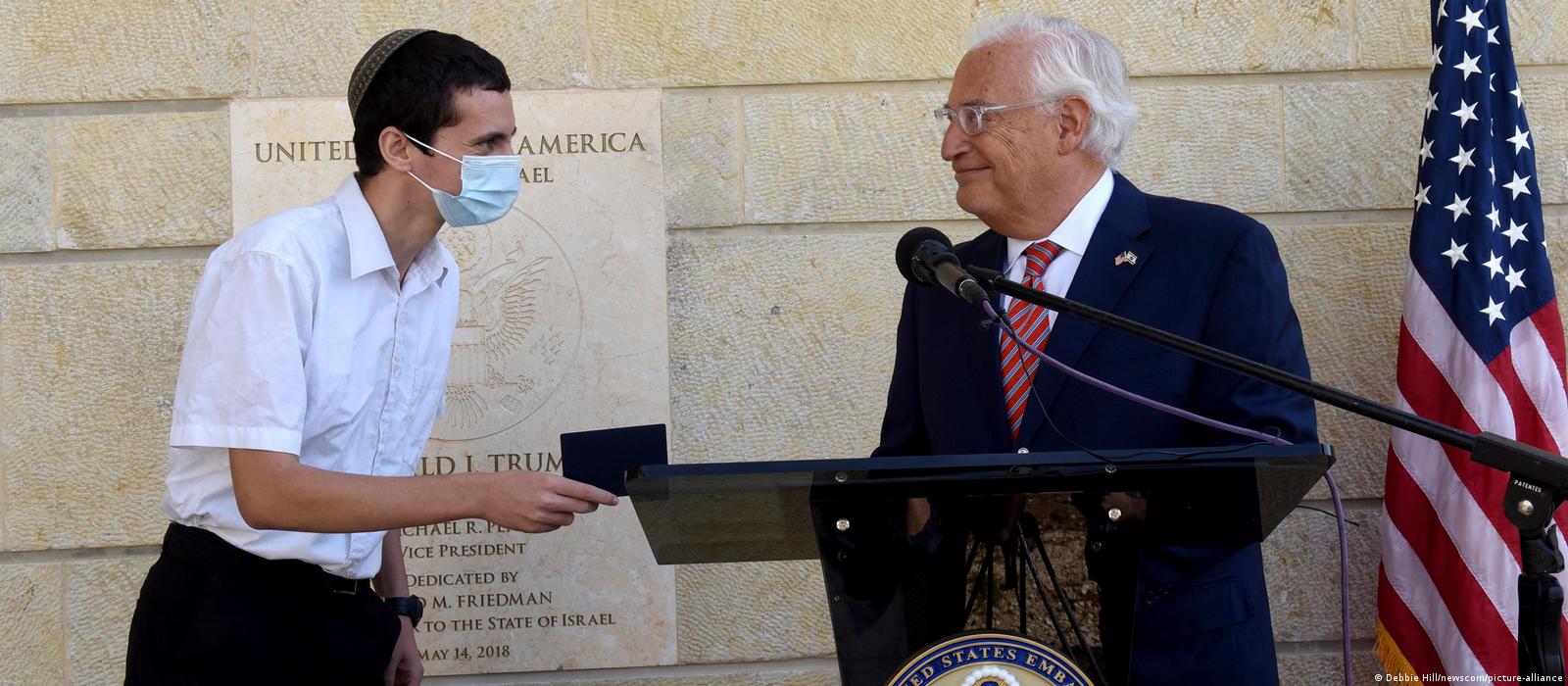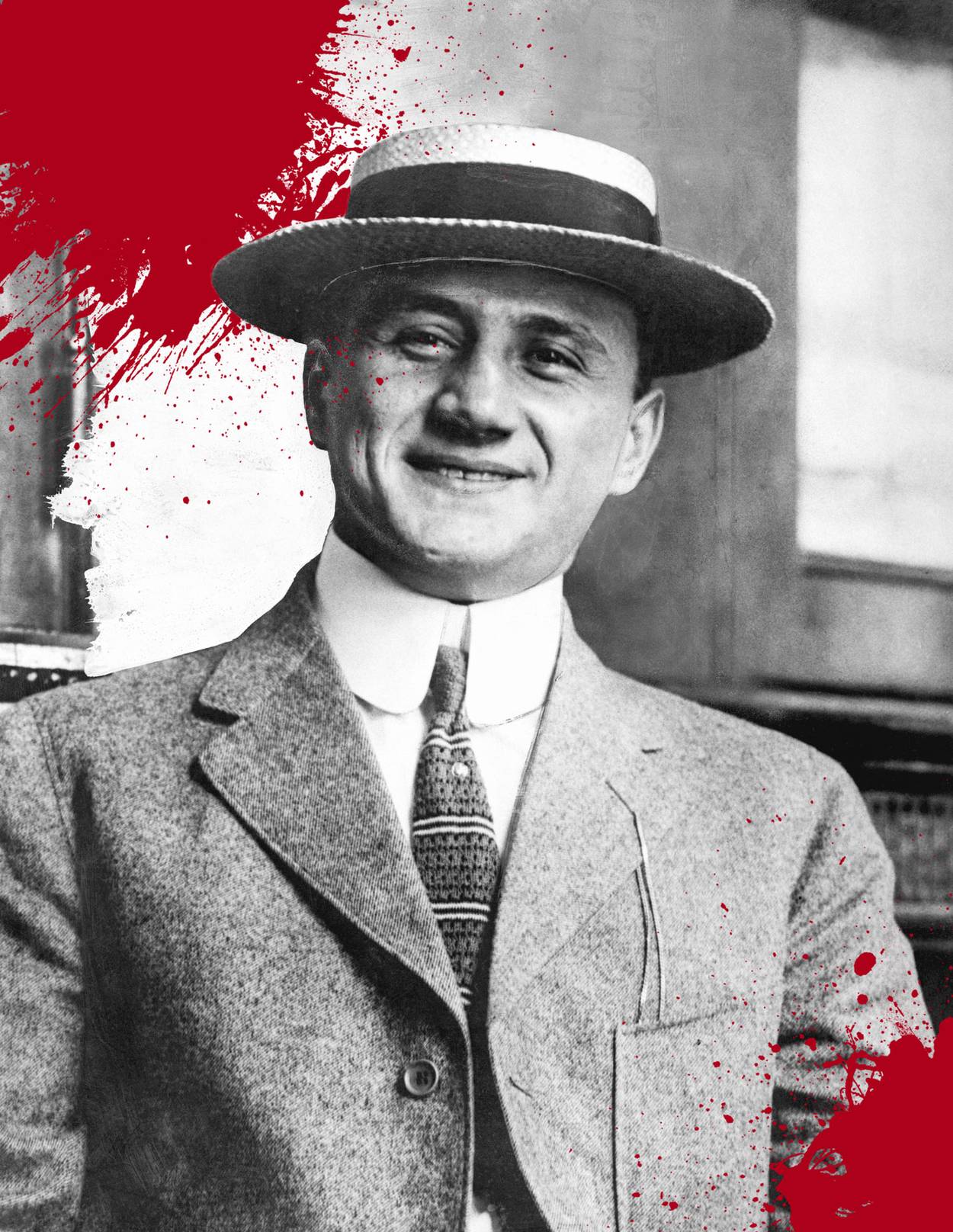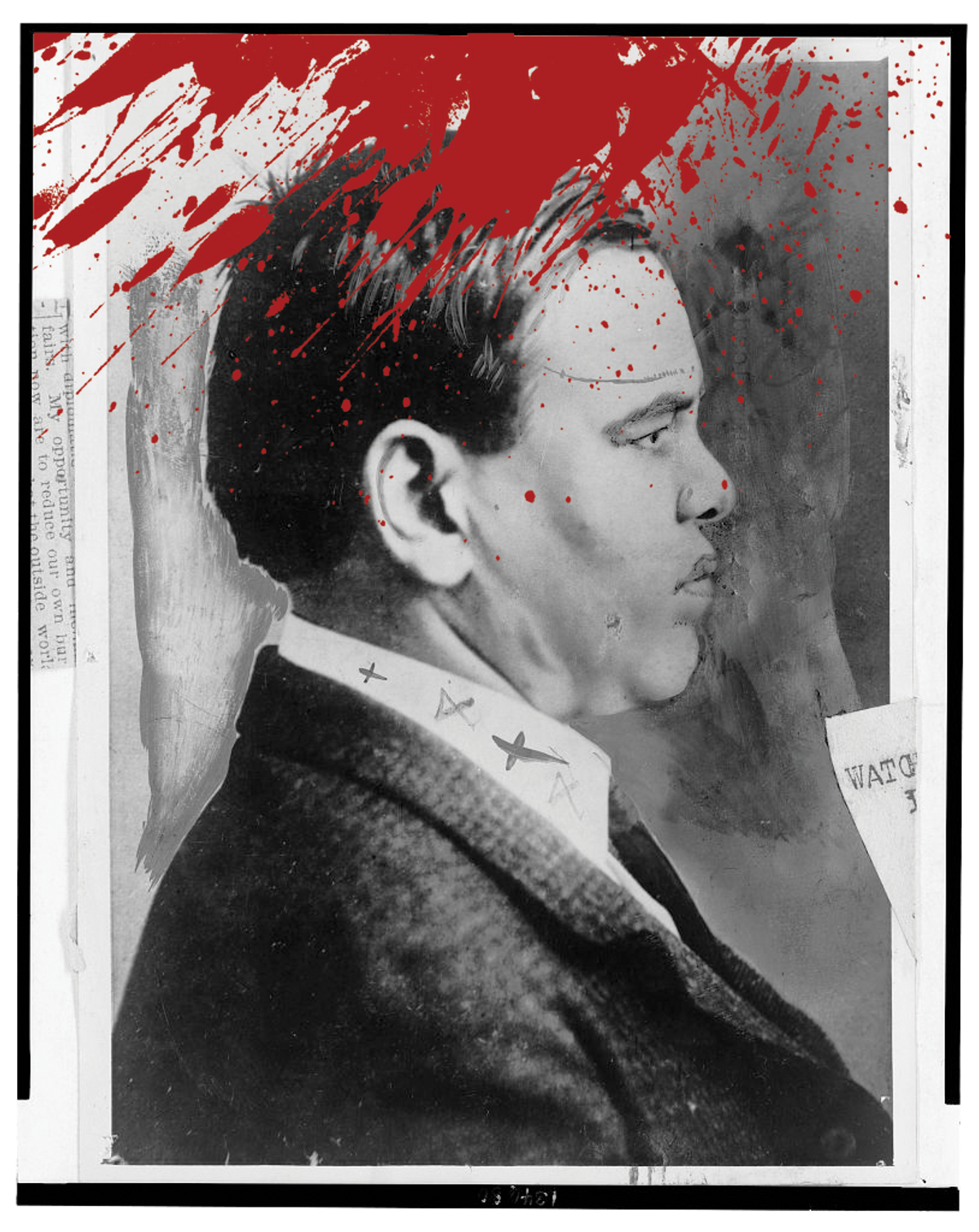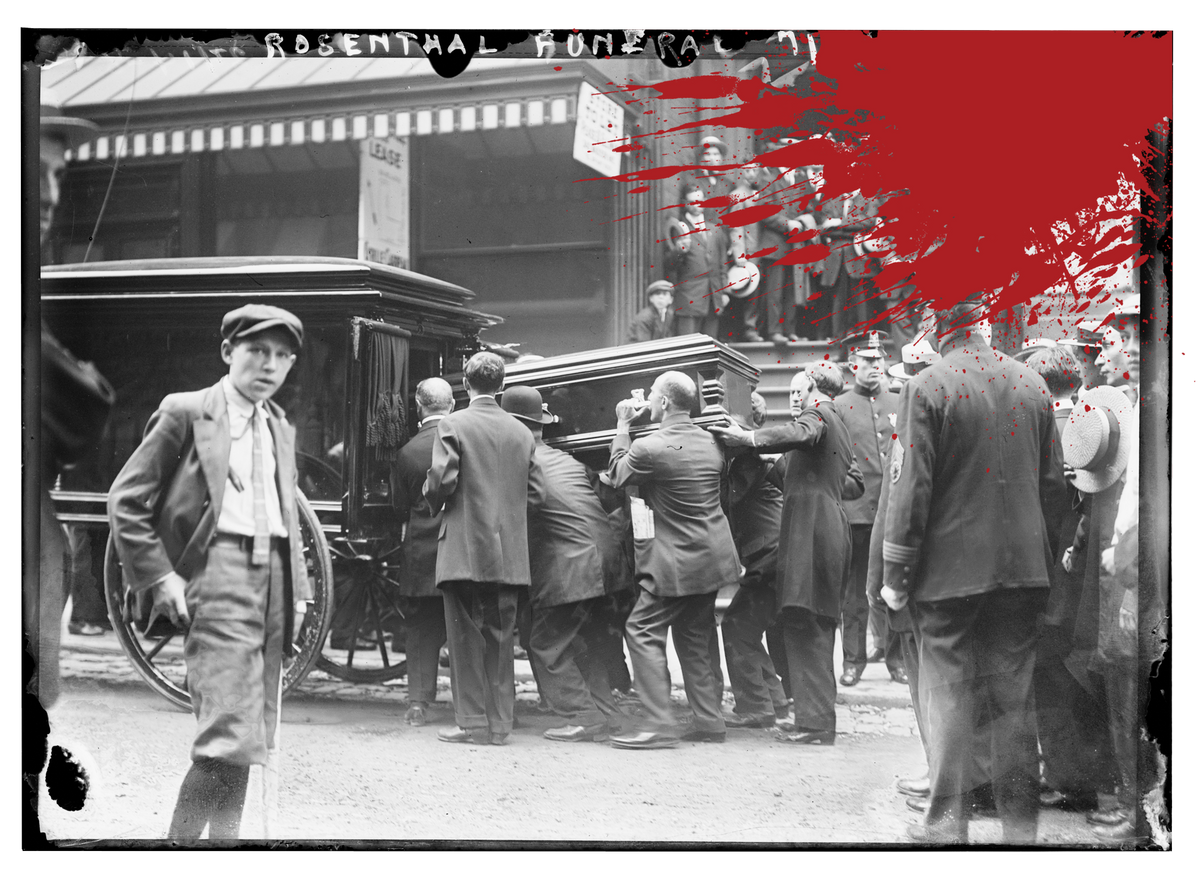 Amerykański ambasador w Izraelu, David Friedman wręcza pierwszy amerykański paszport z nazwą kraju “Izrael” urodzonemu w Jerozolimie Amerykańskiemu obywatelowi Menachemowi Zivotofskiemu w ambasadzie USA w Jerozolimie 30 października 2020r. Źródło zdjęcia: David M. Friedman/Twitter.
Amerykański ambasador w Izraelu, David Friedman wręcza pierwszy amerykański paszport z nazwą kraju “Izrael” urodzonemu w Jerozolimie Amerykańskiemu obywatelowi Menachemowi Zivotofskiemu w ambasadzie USA w Jerozolimie 30 października 2020r. Źródło zdjęcia: David M. Friedman/Twitter.
 Problem Departamentu Stanu z Izraelem
Problem Departamentu Stanu z Izraelem
Mitchell Bard
Tłumaczenie: Małgorzata Koraszewska
Początkowo na politykę Departamentu Stanu wobec syjonistów wpłynęła wrogość brytyjskiego Foreign Office (FO). Podobnie jak FO, Departament Stanu był pełen antysemitów, których poglądy kształtowała niechęć do Żydów. Uzupełniali ich arabiści, którzy w państwie żydowskim widzieli przeszkodę do realizacji swojej wizji Bliskiego Wschodu i, co najważniejsze, dostępu do ropy naftowej. Dla obu grup Izrael zawsze był źródłem zła w regionie.
Antysemici w większości zniknęli zanim George Schultz zakończył swoją kadencję sekretarza stanu w 1989 r., ale arabiści i ich wpływy pozostały, choć wzrastały i słabły w zależności od tego, kto zajmował Gabinet Owalny. Dominowali w administracji Obamy i zostali uciszeni w administracji byłego prezydenta Donalda Trumpa, a teraz z entuzjazmem powrócili za prezydenta Joe Bidena.
Najbardziej fundamentalnym błędem w myśleniu arabistów jest to, że stosunki amerykańsko-arabskie ucierpiałyby w miarę zbliżania się Ameryki do Izraela. Tak się nie stało, ponieważ większość krajów arabskich chce i potrzebuje dobrych stosunków ze Stanami Zjednoczonymi, niezależnie od naszych związków z Izraelem.
Od 1967 r. Departament Stanu szukał formuły osiągnięcia wszechstronnego pokoju na Bliskim Wschodzie. Nie udało się, ponieważ Departament Stanu nie docenia arabskiego antysemityzmu i nieprzejednania, odmawia uznania roli radykalnego islamu i uważa, że Izrael należy zmusić do zaakceptowania warunków amerykańskich.
Począwszy od prezydenta Jimmy’ego Cartera, arabiści mieli obsesję na punkcie rozwiązania w postaci dwóch państw i utrzymywali fikcję, że przywódcy arabscy podzielają ich fiksację. Powinni wiedzieć lepiej, ponieważ przywódcy ci,począwszy od 1948 r., słowem i czynem demonstrowali swój brak zainteresowania Palestyńczykami. Kiedy państwa arabskie najechały Palestynę, chciały podzielić ją między siebie, nie tworząc państwa palestyńskiego. Egipt i Jordania okupowały odpowiednio Gazę i Zachodni Brzeg i miały 19 lat na przyznanie Palestyńczykom niepodległości, ale nigdy tego nie rozważały (a Palestyńczycy i społeczność międzynarodowa nigdy tego nie żądali).
Daniel Pipes napisał niedawno o konkretnych przypadkach, w których arabscy przywódcy ujawnili swoje prawdziwe opinie, jak w przypadku egipskiego prezydenta Gamala Nasera, który powiedział agentowi CIA, że uważa kwestię palestyńską za „nieważną”. Nawet Carter przyznał: „Nigdy nie spotkałem arabskiego przywódcy, który prywatnie wyznawał pragnienie niepodległego państwa palestyńskiego”. Prezydent Egiptu Anwar Sadat sprzeciwił się utworzeniu państwa palestyńskiego i zawarł pokój z Izraelem bez żadnych ustępstw dla Palestyńczyków.
Tak, arabscy przywódcy rozprawiali o Izraelu, ale po wyrzuceniu z siebie standardowych formułek przechodzili do tego, na czym naprawdę im zależało, czyli zazwyczaj do rzeczywistych zagrożeń, jakie widzieli dla swoich reżimów: zagrożeń ze strony Iranu i innych Arabów.
Departament Stanu był świadomy tych poglądów i ignorował je. Były sekretarz stanu John Kerry przemawiał w imieniu wielu łudzących się arabistów, kiedy upierał się, że państwa arabskie nie zawrą pokoju z Izraelem, dopóki kwestia palestyńska nie zostanie rozwiązana – a było to wiele lat po podpisaniu traktatów przez Egipt i Jordanię. (Porozumienia Abrahamowe z 2020 r. dodatkowo dowiodły, że nie mieli kontaktu z rzeczywistością na Bliskim Wschodzie).
Po latach, w których było to nie do pomyślenia, prezydenci, poczynając od nominacji Martina Indyka przez Billa Clintona, mianowali Żydów na ambasadorów w Izraelu (pięciu z ostatnich siedmiu). Jednak większość z nich albo zaczynała jako arabiści, albo przyjęła ich światopogląd. Atrakcja mesjańskiej możliwości bycia TYM, który wynegocjuje trwały pokój, przyciąga ich jak ćmę do ognia.
Dobrą wiadomością z perspektywy Izraela jest to, że wpływ ambasadorów jest ograniczony, ponieważ najważniejsze relacje dwustronne prowadzone są między izraelskim premierem a prezydentem USA.
Niemniej ambasadorom USA często udawało się urazić swoich gospodarzy, tak jak zrobił to obecny ambasador Thomas Nides, gdy wypowiadał się przeciwko proponowanym reformom sądownictwa. Oczywiście wykonywał swoją pracę, odzwierciedlając stanowisko administracji, co jasno powiedzieli Biden i sekretarz stanu Antony Blinken.
Tymczasem, po przegraniu prawie każdej bitwy od czasu propozycji podziału, arabiści pozostają nieugięci. Jerozolima może stać się teraz ich Alamo. Nawet po tym, jak Trump uznał Jerozolimę za stolicę Izraela i przeniósł ambasadę, Departament Stanu pozostaje zdeterminowany, by podważyć tę decyzję i ponownie rozpalić palestyńskie nadzieje na utworzenie tam stolicy w ramach mitycznego rozwiązania w postaci dwóch państw. Ta fantazja powinna była zostać wymazana.
W tym celu Departament Stanu chce ponownie otworzyć konsulat w Jerozolimie (de facto ambasadę USA w „Palestynie”), zamiast zakładać ją tam, gdzie jej miejsce: w Ramallah, siedzibie rządu Autonomii Palestyńskiej. Nie mogąc przezwyciężyć sprzeciwu Izraela, Stany Zjednoczone dokonały manewru, powracając do polityki sprzed prezydentury Trumpa, polegającej na tym, że urzędnik odpowiedzialny za sprawy palestyńskie podlega bezpośrednio Departamentowi Stanu, a nie ambasadorowi w Izraelu. Chociaż nie nazywa się to konsulatem, Biuro do Spraw Palestyny prowadzi czynności konsularne w tych samych lokalach starego konsulatu.
Nides ogłosił plany odejścia ze stanowiska, a biorąc pod uwagę jego dwuletnią służbę, najbardziej uderzające było jego oświadczenie: „Prawdopodobnie spędzam więcej czasu na kwestiach związanych z Palestyną. Powiedziałbym, że 60 procent mojego czasu spędzam na [problemach] palestyńskich”. To jest ambasador w Izraelu.
Biorąc pod uwagę jego skupienie na sprawach palestyńskich, mniej zaskakujące jest to, że również ambasada obsługuje bardziej Palestyńczyków niż Izraelczyków. Jeśli wejdziesz na jej stronę internetową i spojrzysz na strony Biznes, Edukacja i Kultura, Wiadomości i Wydarzenia oraz Ambasada, znajdziesz strony napisane w języku angielskim z tłumaczeniem tylko na język arabski. W ostatnich latach na stanowiskach Charge d’Affaires i Zastępcy Szefa Misji pracowały osoby posługujące się wieloma językami, ale nie hebrajskim.
Departament Stanu walczył zaciekle, by obywatele amerykańscy urodzeni w Jerozolimie nie wymieniali Izraela jako swojego kraju urodzenia, nawet po tym, jak Kongres uchwalił ustawę, która go do tego zobowiązała. Administracja Obamy skierowała sprawę do Sądu Najwyższego, który orzekł, że tylko prezydent może uznawać zagraniczne rządy. Na nieszczęście dla Departamentu Stanu oznaczało to, że Trump mógł podjąć decyzję o wydaniu paszportów osobom urodzonym w Jerozolimie z Izraelem jako krajem urodzenia, a w 2020 roku mężczyzna, którego sprawa trafiła do Sądu Najwyższego, Menachem Zivotofsky, otrzymał pierwszy taki paszport.
Jednak nawet Departament Stanu Trumpa nie uznał w pełni, że Jerozolima jest w Izraelu. Obywatele urodzeni w Jerozolimie mogą również podać tylko miasto jako swoje miejsce urodzenia. Podobnie, jeśli zechcesz przez stronę internetową Departamentu Stanu zamówić wizytę, znajdziesz prośbę o wybranie konsulatu/ambasady kraju, a jedną z opcji jest Jerozolima. W ten sposób Departament Stanu utrzymuje złudzenie, że Jerozolima unosi się w eterze, niezwiązana z żadnym krajem.
O dziwo, nawet po 75 latach Departament Stanu nie porzucił całkowicie walki z państwem żydowskim.
Mitchell Geoffrey Bard – Amerykański analityk polityki zagranicznej, redaktor i autor, który specjalizuje się w polityce USA – Bliski Wschód. Jest dyrektorem wykonawczym organizacji non-profit American-Israeli Cooperative Enterprise i dyrektorem Jewish Virtual Library.
Zawartość publikowanych artykułów i materiałów nie reprezentuje poglądów ani opinii Reunion’68,
ani też webmastera Blogu Reunion’68, chyba ze jest to wyraźnie zaznaczone.
Twoje uwagi, linki, własne artykuły lub wiadomości prześlij na adres:
webmaster@reunion68.com




 Herman Rosenthal’s funeral, 1912LIBRARY OF CONGRESS
Herman Rosenthal’s funeral, 1912LIBRARY OF CONGRESS
